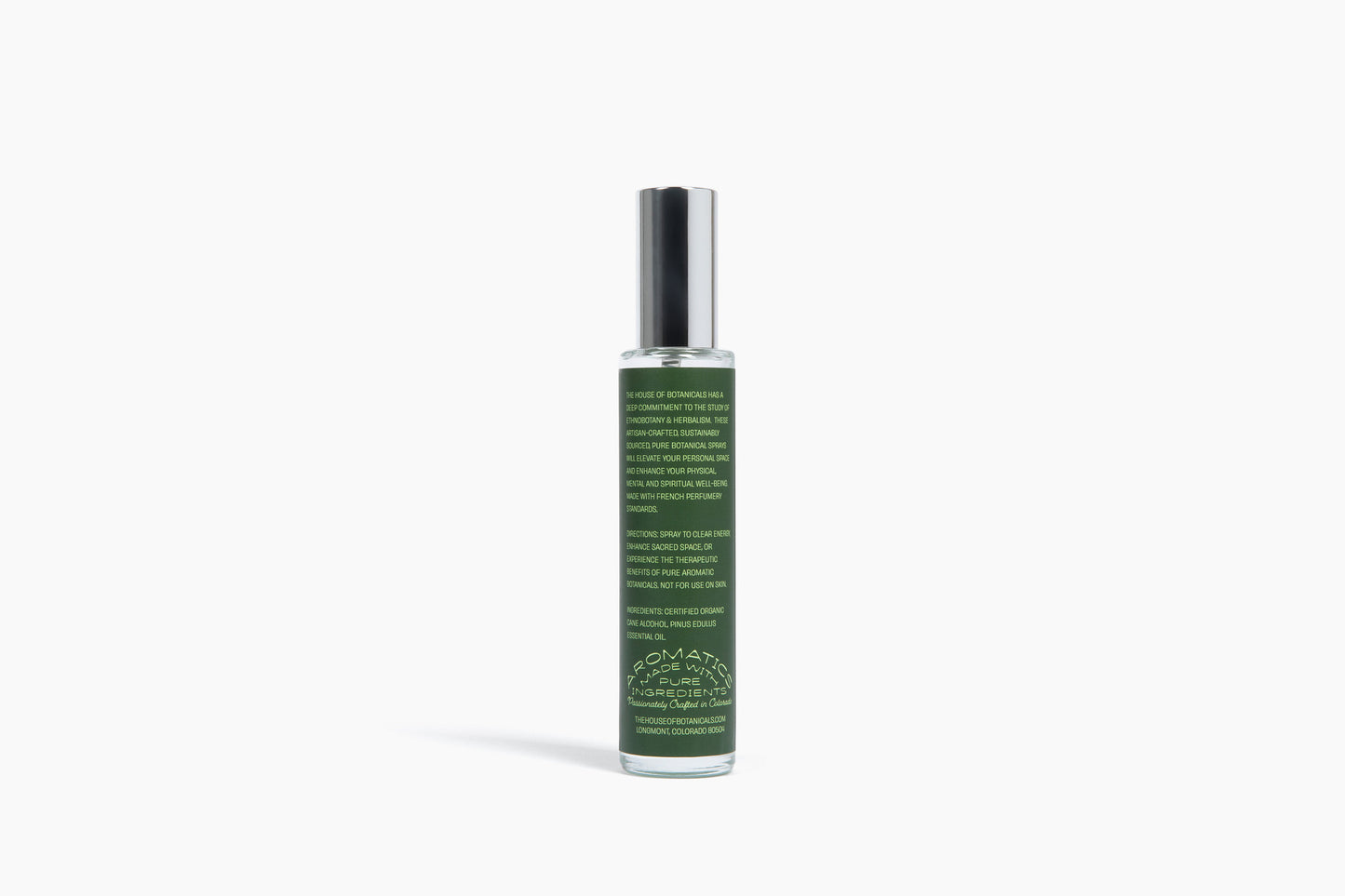Pinyon Pine Aromatherapeutic Ritual Spray, 50ml
Pinyon Pine Aromatherapeutic Ritual Spray, 50ml
Life moves fast, and it’s easy to feel scattered, tense, or disconnected. What if a simple breath could help you reset?
Our Pinyon Pine Aromatherapeutic Ritual Spray brings the calm of the high desert woodlands straight into your home. For centuries, Indigenous peoples have valued the pinyon pine for its resin, nourishment, and grounding qualities. Now, you can experience that same natural calm anytime.
A natural, non-toxic spray for room and space, each mist fills your surroundings with the warm, pine-scented air of sunlit forests and dry earth. It clears stagnant energy, supports mindful breathing, and helps you feel grounded, balanced, and fully present.
Breathe in. Pause. Feel connected to yourself, your space, and the quiet rhythms of nature.
Wild Origins
High desert pinyon-juniper forests of the American Southwest
Scent Story
A natural blend of pine, warm sap, and sunlit wood that brings the calm of the desert into your home — grounding your mind while refreshing your space.
Learn why Pinyon Pine has been valued for generations, from its traditional uses to its carefully sourced origins, in our Pinyon Pine Ingredient Guide →
Share








